Jia peng !(Lets eat!)one of the most frequently heard phrases in the streets and homes of Isla Formosa, the Beautiful Island, better known today by its modern Chinese name, Taiwan. First settled by Chinese migrants fleeing dynastic change on the mainland during the late-17th century, Taiwan has since served as an escape hatch from China during hard times and as a repository for traditional Chinese culture. Among the cultural treasures preserved are some of the most ancient gems of Chinese cuisine, as well as the grand epicurean spirit of Chinese dining. Unlike many regions of mainland China, where geography and climate often conspire to limit the quantity and range of foodstuff, Taiwans lush green mountains, fertile farmlands and abundant rainfall have always produced a rich cornucopia of food crops and livestock for the kitchen, enabling the Chinese chefs of Taiwan to exercise their traditional culinary skills to full gourmand potential. Every variety of fresh garden vegetable is available throughout the year in Taiwan and a bountiful abundance of all kinds of fresh seafood is hauled in daily from the islands semi-tropical seas. For those who like to cook Chinese foodor wish to learn howa period of residence in Taiwan offers the opportunity to practice Chinas complete culinary curriculum without restraint.
Fresh seafood ranks among the islands favorite fare and the Taiwanese are especially fond of the humbler species such as cuttlefish, squid and various shellfish, particularly oysters, clams and prawns. This is the stuff of night-markets and streetside stalls, as well as a mainstay of Taiwanese home cooking. Pork is by far the foremost choice on Taiwanese menus and chicken is the most popular selection in poultry. Many of Chinas ancient styles of cooking and seasoning remain prominent in contemporary Taiwanese kitchens. The thick, rich stew or soup known as tang , one of the oldest dishes on record in Chinese cuisine, is still very popular in Taiwan and is served in many forms and flavors in night-market stalls and roadside restaurants throughout Taiwan. Salted black beans, a strong-tasting cooking condiment that long pre-dates soy sauce or sesame oil in Chinese cookery, still appears in almost all kitchens in Taiwan and is used to flavor many dishes, especially seafood.
For fresh spice, Taiwanese cooks rely heavily on garlic, chili and ginger. They often garnish their dishes with generous portions of coriander and basil. The latter is known in Chinese as jiu ceng ta (Nine Tiered Pagoda) due to the structure of the plants flowering tops and its piquant flavor and fragrance have become hallmarks of Taiwanese cuisine. Taiwanese style cooking, which originally developed as a culinary offshoot of coastal Fujian, from where the earliest Chinese settlers came, has gradually evolved to encompass elements from all of Chinas regional traditions, all woven together in a unique local style that reflects the islands rich bounty of cooking ingredients and its robust chi , he , wan , le (eat, drink and be merry) way of life. Rare is the meal in Taiwan that doesnt include beer, wine, or spirits and you wont find a restaurant, food stall, or home dining table on the entire island that doesnt buzz with the excited laughter and chatter known in Chinese as re nau heat and noise.
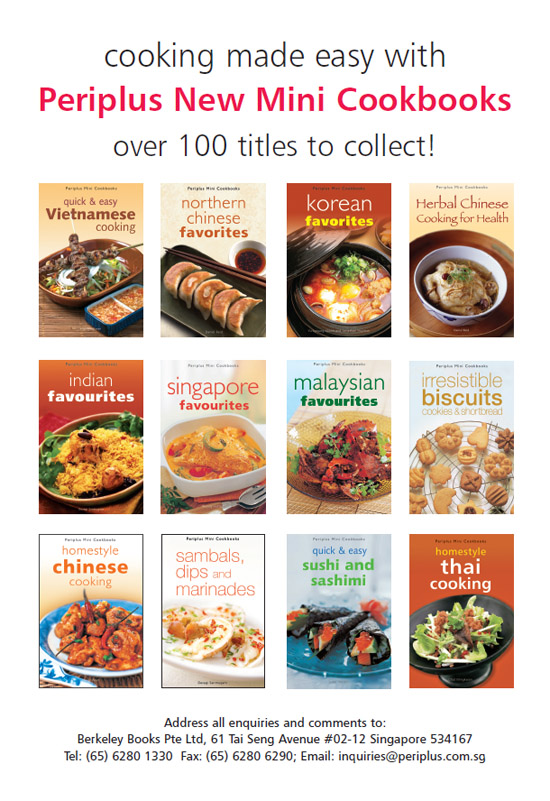


Basic Taiwanese Ingredients

Black Chinese mushrooms , also known as shiitake mushrooms, are used widely in Asian cooking.
Dried ones must be soaked in hot water to soften before use, from 15 minutes to an hour depending on the thickness. The stems are removed and discarded; only the caps are used. Substitute porcini mushrooms. Fresh shiitake are widely available in most supermarkets now.  Chinese chives , also known as garlic chives, have thin flat leaves that resemble thin spring onions. They have a strong garlicky flavor and are added to noodle or stir-fried dishes during the final stages of cooking.
Chinese chives , also known as garlic chives, have thin flat leaves that resemble thin spring onions. They have a strong garlicky flavor and are added to noodle or stir-fried dishes during the final stages of cooking.
If you cannot get them, use spring onions or regular chives.  Coriander is an indispensable herb and spice in Asian cooking. Coriander seeds are roasted and then ground in spice pastes. Coriander roots are used in the same way, while coriander leaves (also known as cilantro or Chinese parsley) are used as a herb and a garnish.
Coriander is an indispensable herb and spice in Asian cooking. Coriander seeds are roasted and then ground in spice pastes. Coriander roots are used in the same way, while coriander leaves (also known as cilantro or Chinese parsley) are used as a herb and a garnish.
Crispy Fried Shallots are readily available in packets or jars in most supermarkets and Asian food stores. To make them at home, thinly slice several shallots as desired and stir-fry in hot oil over low heat for 12 minutes, stirring constantly, until golden brown and crispy.  Dried baby anchovies or ikan bilis are tiny dried whitebait fish ranging from 25 cm (12 in) in length.
Dried baby anchovies or ikan bilis are tiny dried whitebait fish ranging from 25 cm (12 in) in length.  Dried baby anchovies or ikan bilis are tiny dried whitebait fish ranging from 25 cm (12 in) in length.
Dried baby anchovies or ikan bilis are tiny dried whitebait fish ranging from 25 cm (12 in) in length.
They are usually quite salty, so taste any dish using anchovies before adding more salt.  Dried prawns are tiny, orange shrimp that have been dried in the sun. They come in various sizes. Available in Asian markets, they should be orangy-pink and plump; avoid any with a grayish appearance or an unpleasant smell. Dried prawns will keep for several months in a sealed container.
Dried prawns are tiny, orange shrimp that have been dried in the sun. They come in various sizes. Available in Asian markets, they should be orangy-pink and plump; avoid any with a grayish appearance or an unpleasant smell. Dried prawns will keep for several months in a sealed container.  Dried sweet Chinese sausages ( lap cheong ), are thin, sweet Chinese pork sausages delicately perfumed with rose-flavored wine.
Dried sweet Chinese sausages ( lap cheong ), are thin, sweet Chinese pork sausages delicately perfumed with rose-flavored wine.
They are used as an ingredient in stir-fries or braised dishes rather than being eaten on their own like European sausages. Sold in pairs, they keep almost indefinitely without refrigeration. Substitute sweet Italian sausage. Five spice powder contains a mixture of ground spices usually consisting of equal parts of cinnamon, cloves, fennel seed, star anise and Sichuan peppercorns. Five spice powder is available prepared in the supermarket.
Glutinous rice is a type of short-grained sticky rice that is widely used in Asia. It is often used in desserts.
Buy glutinous rice in the packaged grains section of supermarkets. Look for intact kernels that arent broken, scratched, or damaged. Store rice in a cool, dry area in a sealed glass or plastic container, away from the open air and moisture. Glutinous rice comes in white or black varieties.
Hoisin sauce consists of fermented soybeans, garlic, chilies, and vinegar. The sauce is thick and dark and has a sweet, salty flavor. 

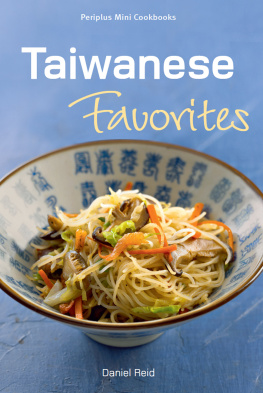
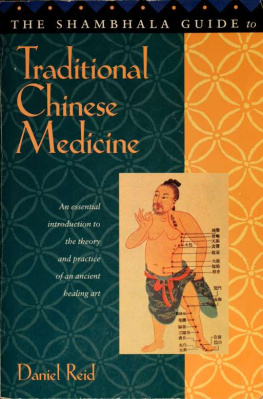
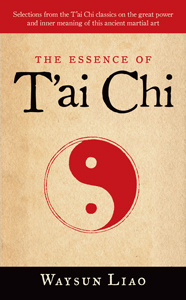

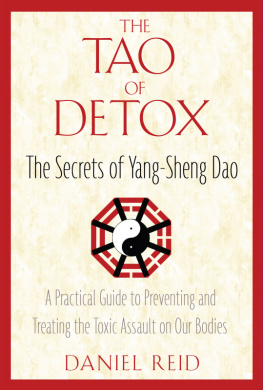


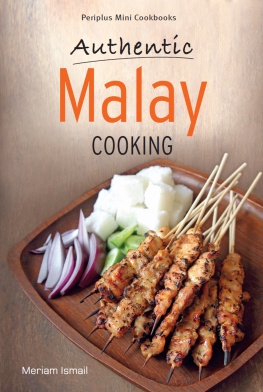
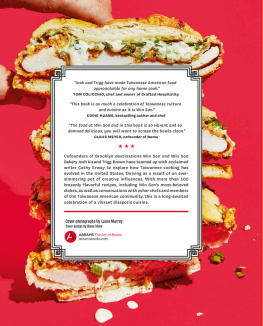

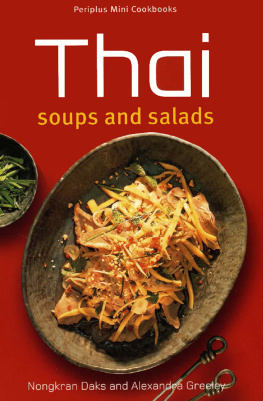
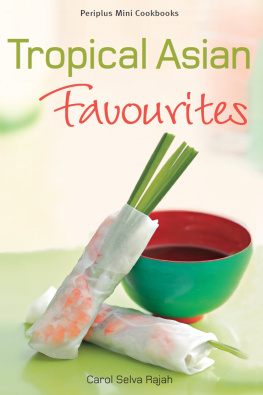
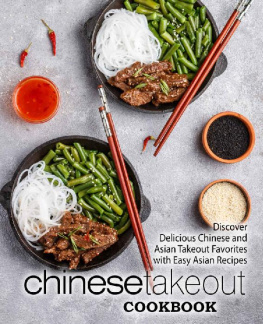
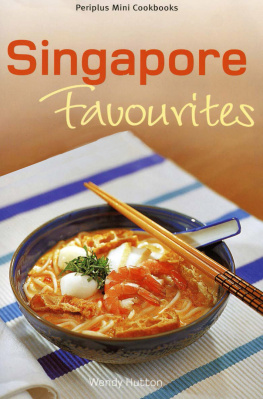

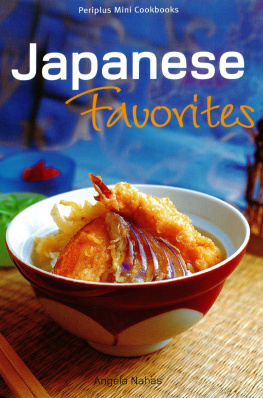






 Black Chinese mushrooms , also known as shiitake mushrooms, are used widely in Asian cooking.
Black Chinese mushrooms , also known as shiitake mushrooms, are used widely in Asian cooking.  Chinese chives , also known as garlic chives, have thin flat leaves that resemble thin spring onions. They have a strong garlicky flavor and are added to noodle or stir-fried dishes during the final stages of cooking.
Chinese chives , also known as garlic chives, have thin flat leaves that resemble thin spring onions. They have a strong garlicky flavor and are added to noodle or stir-fried dishes during the final stages of cooking. Coriander is an indispensable herb and spice in Asian cooking. Coriander seeds are roasted and then ground in spice pastes. Coriander roots are used in the same way, while coriander leaves (also known as cilantro or Chinese parsley) are used as a herb and a garnish.
Coriander is an indispensable herb and spice in Asian cooking. Coriander seeds are roasted and then ground in spice pastes. Coriander roots are used in the same way, while coriander leaves (also known as cilantro or Chinese parsley) are used as a herb and a garnish. Dried baby anchovies or ikan bilis are tiny dried whitebait fish ranging from 25 cm (12 in) in length.
Dried baby anchovies or ikan bilis are tiny dried whitebait fish ranging from 25 cm (12 in) in length.  Dried prawns are tiny, orange shrimp that have been dried in the sun. They come in various sizes. Available in Asian markets, they should be orangy-pink and plump; avoid any with a grayish appearance or an unpleasant smell. Dried prawns will keep for several months in a sealed container.
Dried prawns are tiny, orange shrimp that have been dried in the sun. They come in various sizes. Available in Asian markets, they should be orangy-pink and plump; avoid any with a grayish appearance or an unpleasant smell. Dried prawns will keep for several months in a sealed container.  Dried sweet Chinese sausages ( lap cheong ), are thin, sweet Chinese pork sausages delicately perfumed with rose-flavored wine.
Dried sweet Chinese sausages ( lap cheong ), are thin, sweet Chinese pork sausages delicately perfumed with rose-flavored wine.